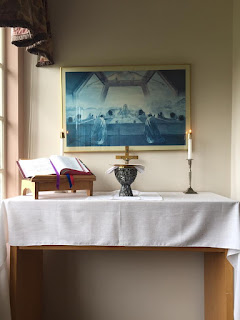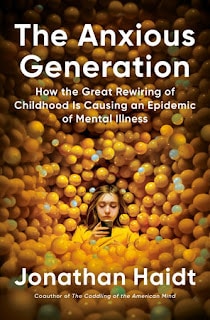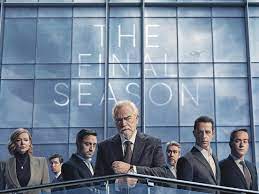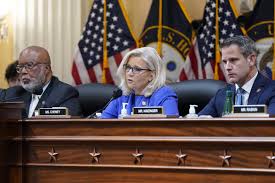Although the Annual World Day of Prayer for Vocations is in April, National Vocation Awareness Week in the U.S. begins today. Perhaps, this is just another instance of American Exceptionalism!
At her silver Wedding Anniversary speech at London’s Guildhall in November 1972, Queen Elizabeth II famously said, « If I am asked what I think about family life after 25 years of marriage, I can answer with equal simplicity and conviction, I am for it. » After 27 years of priesthood (and 40 years in religious life), I too am happy to affirm « with equal simplicity and conviction, I am for it. » Like many, maybe most, priests, I have never felt more happy and more fulfilled than in my life and work as a priest. Like the religious priest quoted in The Catholic Project’s October 2022 National Study of Catholic Priests, « I’m happy in my life. I find true joy. I love what I do. »
That said, he and I are obviously not among the ones in need of being persuaded to consider responding to a call to priesthood and/or religious life in the Church in the United States in 2022. For reasons, I can opine about, but cannot claim to understand or to explain fully, making that case has become considerably more challenging. Yet, without sufficient vocations, the Church can hardly continue its mission in the U.S. Put positively, the Church needs vocations just to continue.
I am not a « generational exceptionalist. » I do not believe younger people today are uniquely different from all previous generations of human beings who have inhabited our planet. But I do recognize that both religious and secular society have changed almost beyond recognition in the past 50 years. As a result, my knowledge and understanding of those who are 50 years younger than I am is, at best, very limited. I suspect that members of my generation probably had more in common with those born 50 years (or even 100 years) before us, than most of us have with those born 50 years after us.
So I do not presume to understand, let alone explain, why priesthood and religious life seem to have so much less appeal to young people today than they had in some previous times. Let others, better situated than I, attempt to address those questions. Even so, I do think that there are also some external, easily recognizable, societal factors that can be cited as also relevant to our present situation.
First, the Church and its personnel much are less visible today than they were when I was of an age for vocational discernment. I grew up in a « Catholic ghetto. » The heart and center of the neighborhood was the church. I went to Catholic school, where I was taught by Sisters in elementary school and by religious-order priests in high school. Whose experience even remotely resembles that today? Obviously, that experience cannot be replicated in today’s world, and perhaps we might not want to replicate it even if we could. But the fact remains that – not unlike the late Queen who famously said, “I have to be seen to be believed,” – the Church (and, by extension, priests and religious) likewise have be seen to be believed.
Second, somewhat complementing the above, the society inhabited by most young people in the U.S. today (transformed and extended infinitely by technology) is much more religiously and socially diverse and pluralistic, offering a multitude of possibilities and choices, including persuasive and compelling intellectual and moral alternatives to religion. It is increasingly easy for people – of any age – to imagine journeying through this life quite satisfactorily without any resort to religion. In a world in which any lifelong commitments appear increasingly incomprehensible, how hard must it be to make a case for a lifelong commitment to something so seemingly marginal as religion?
Third, the American « public square » is increasingly secular and attractively post-religious, while the religious elements resisting this development and presenting themselves as alternatives have done an amazingly poor job and may actually appear increasingly unattractive politically and morally. Is religious identification increasingly seen as less and less about a new life in Christ and more and more as an identitarian marker for political tribalism? Far from being the unifying factor it has sometimes aspired to be, religion in America may actually appear to be becoming an increasingly divisive force, with accordingly diminished appeal.
These are just a few of the external headwinds that may complicate the mission of the Church and obviously the specific task of inviting people (of any age) to respond to a possible religious vocation in the United States right now – as indeed they complicate more broadly the future prospects of the Church in the United States and elsewhere in what we traditionally call the « West. » At the same time, there is unmistakable evidence of religious growth and spiritual intensity elsewhere – especially in some parts (not necessarily all) of the so-called « Global South. » Perhaps, that is where the Church’s future increasingly lies. Perhaps the « Global South » will become for the Church’s future what the « New World » once was for our past. I am reminded of the famous conclusion of Winston Churchill’s June 4, 1940 Speech in the British House of Commons (sometimes referred to as his « Dunkirk Speech »), which may offer an analogy from the political past to our present spiritual situation: « until, in God’s good time, the New World, with all its power and might, steps forth to the rescue and the liberation of the old. »




